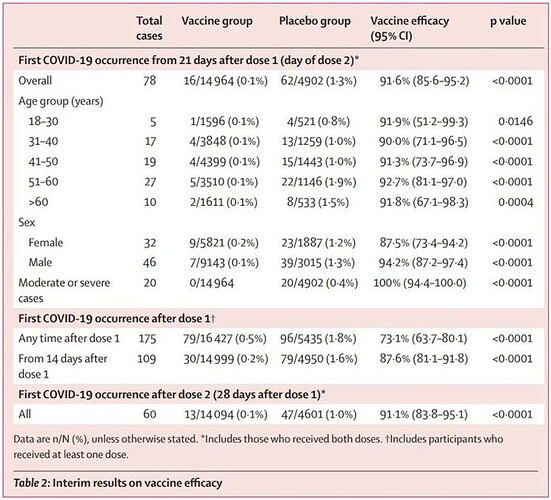Basically the explanation was described back in November for the UK
https://committees.parliament.uk/oralevidence/1136/default/
Its worth noting that in Europe there are a very limited number of 1000L GMP grade fermenters.
Chair: Graham asked about how many doses had been manufactured. The
day after your appointment, the Government announced that they had
signed an agreement with Oxford University and AstraZeneca to make up
to 30 million doses available by September for the UK. Has that been
accomplished?
Kate Bingham: No. Those 30 million doses assumed a linear yield on
scale-up. When you manufacture these vaccines, you start at test tube
level, scale up sequentially and ultimately get to the 1,000 or 2,000-litre
scale. The projections, made in good faith at the time, to get to 30 million
doses in September assumed that absolutely everything would work and
that there would be no hiccups at all in going from microlitre scales to
1,000 or 2,000-litre scales.
It has not gone lineally, and that is not through lack of care and attention,
availability of equipment or anything like that. It is just that it normally
takes a very long time. The answer is no, but it is now at the 1,000-litre
scale, and that is working. I am quite sure that we have the process, but
we are growing live cells and it is not a straightforward activity. The skills
in the UK in advanced manufacturing are world-class. It is challenging.
Q289 Chair: To update that figure, it was thought appropriate in May to make
an assessment of what we would have available on the stocks, as it were,
in September, for the purpose of reassuring people that as soon as a
vaccine was licensed and approved it could be deployed at scale. As of now
or, if you want to forecast, perhaps six weeks ahead, how many doses of
the Oxford AZ vaccine will be available in the UK?
Kate Bingham: As of now, we have low numbers of million doses in bulk
drug substance, not vialled, and the third batch of 1,000-litre
manufacturing is now under way. That should probably get us up to about
4 million doses at the end of the year.
Q290 Chair: Four million by the end of the year.
Kate Bingham: Yes. It then increases. Having got to that scale, you can
then run it quickly, but the challenge is to get to the 1,000-litre scale.
Q291 Chair: The point of the communication of the 30 million was to convey the
idea that we were getting ahead of the curve and anticipating the need for
a mass vaccination programme as soon as a vaccine was approved. That
was done in advance of many of the trials we have been hearing about,
but if there is a prospect of having low numbers of millions, it will not be
available for mass deployment the moment that, as we hope, we get
approval, will it?
Kate Bingham: There are various things. We have to look at the data; it
has to go through the regulators and then it has to start to be deployed.
The earliest possible time to look at the data will be late November to
December. Then it still has to go through the regulatory period, so my
expectation is that we will have more vaccine than we will be able to deploy
because that will take some time. Vaccinating millions of adults in this
pandemic will be a heroic achievement. It has not been done at this scale
before. I do not think that vaccine supply will be the greatest limiting
factor.
Q292 Chair: No one does that. When do you hope to see the first deployment of
vaccines to the public?
Kate Bingham: Deployment is a Health-led activity. If I put on my rosetinted specs, I would hope to see positive interim data from both Oxford
and Pfizer BioNTech in early December. If we get that, there is a possibility
of deployment by year end. If not, we will have to continue running the
studies, as Andy described earlier, until we get efficacy data that is
acceptable to the regulators, and then you can start deploying early next
year.
Q293 Chair: Let’s take the rose-tinted view that we might have it available for
deployment by the year end. By the year end, how many doses of vaccine
will we have in stock?
Kate Bingham: We will have low single-digit doses for Oxford and up to
10 million doses of the Pfizer BioNTech.
Chair: By that date? At the end of the year. Thank you
The key things are its difficult to do, lots of unknowns, best intentions, lots of variability, and done in batches.



